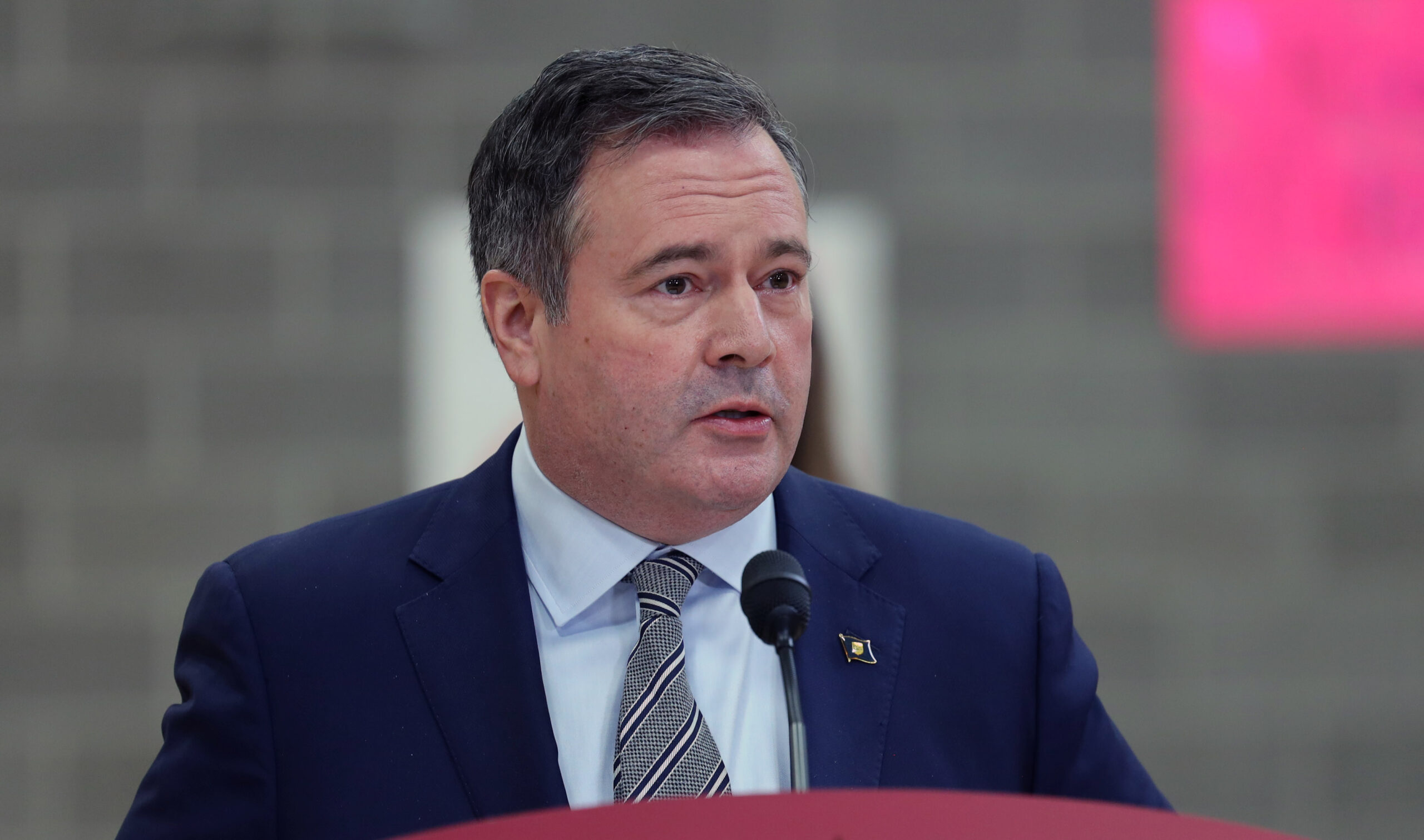The provincial government has forecasted a $13.2 billion surplus for the 2022/23 budget.
The surplus will enable the provincial government to make investments in savings, and debt reductions, by repaying $13.4 billion in debt for this fiscal year, and $5.2 billion in debt for 2023/24.
“Alberta’s commitment to fiscal discipline and our unrelenting focus on economic growth has helped bring about an extraordinary turnaround in our financial situation. We promised Albertans we would get our fiscal house in order and that’s exactly what we’ve done. Now, we’re paying down debt so future generations won’t have to, saving more for a rainy day, and putting more money in Albertans’ pockets,” Premier Jason Kenney said.
The provincial government will make a total investment in the Heritage Fund of $1.7 billion, a government of Alberta media release said.
“For too long, governments in Alberta refused to exercise fiscal discipline during boom times. Those days are over. Alberta’s government is making the prudent decision to save and invest surplus revenues so future generations can benefit from the prosperity of today,” President of Treasury Board and Minister of Finance Jason Nixon said.
The province is indexing personal income taxes to inflation, retroactive to the 2022 tax year. In addition, between 80,000 and 95,000 Albertans won’t pay provincial personal income tax by 2023, on top of approximately 1.3 million tax filers already not paying provincial personal income tax, the release said.
“Many Albertans will first see the benefit of indexation through lower tax withholdings on their first paycheques of 2023. In addition, since indexation will resume for 2022, Albertans will receive larger refunds or owe less tax when they file their 2022 tax returns in spring 2023,” the release aid.
Adding, resuming indexation for 2022 is expected to save Albertans an estimated $304 million in 2022/23, $680 million in 2023/24, and $980 million in 2024/25.
The provincial government has introduced initiatives to provide relief for rising prices, inflation, and the cost of living such as the Electricity Rebate Program, eliminating the 13-cent-per-litre provincial fuel tax, natural gas rebate program, maintaining senior benefits and helping schools cover fuel costs.
Total expenses are forecasted at $62.7 billion, with taxpayer support forecasted at $79.8 billion by March 2023, and revenue forecasted at $75.9 billion.
The 2022/23 capital plan has increased by $389 million due to unspent funds from the last fiscal year.
In 2022, real gross domestic product (GDP) is expected to grow by 4.9 per cent.
A GDP of 5.4 per cent was originally forecasted in the budget, which reflected increases in consumer spending, and residential investment due to inflation and interest rates.
“The real GDP is expected to fully recover from the COVID-19 downturn and surpass the 2014 peak for the first time this year. Private sector forecasters are expecting Alberta to have among the highest economic growth in the country this year and in 2023,” the release said.
Growth in the province’s workforce also suggests provincial recovery, with more than 68,000 new jobs, and an unemployment rate of 4.8 per cent.
Industries such as chemical and forestry products, food manufacturing, and machinery have seen growth since the pandemic.
“Most industries have surpassed employment levels from early 2020 before the pandemic first took hold of the province. Business output has surged in the province on the back of higher demand and prices,” the release said.









